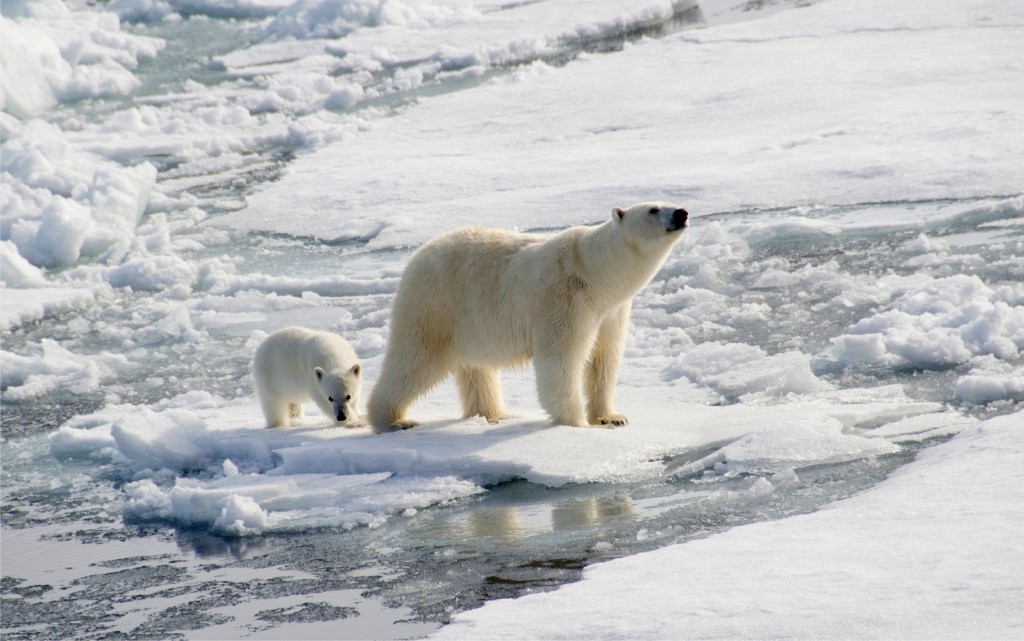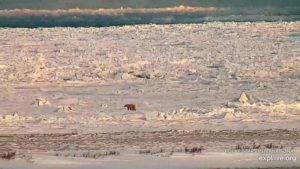by S. Crockford, 2023
Key Findings
* There were no reports from the Arctic in 2023 indicating polar bears were being harmed due to lack of summer sea ice habitat, in part because Arctic sea ice in summer has not declined since 2007.
* Contrary to expectations, a study in Svalbard found a decrease in polar bears killed in defense of life or property over the last 40 years, despite profound declines in sea ice over the last two decades.
* A survey of Southern Hudson Bay polar bears in 2021 showed an astonishing 30% increase over five years, which adds another 223 bears to the global total.
* A concurrent survey of Western Hudson Bay polar bears in 2021 showed that numbers had not declined since 2011, which also means they have not declined since 2004. Movement of bears across boundaries with neighbouring subpopulations may account for the appearance of a decline, when none actually occurred.
* The IUCN Polar Bear Specialist Group has ignored a 2016 recommendation that the boundaries of three Hudson Bay subpopulations (Western HB, Southern HB, and Foxe Basin) be adjusted to account for genetic distinctiveness of bears inhabiting the Hudson Bay region; a similar boundary issue in the western Arctic between the Chukchi Sea, and the Southern and Northern Beaufort subpopulations, based on known movements of bears between regions, has been acknowledged since 2014 but has not yet been resolved.
* The US Fish and Wildlife Service and the IUCN Polar Bear Specialist Group, in their 2023 reports, failed to officially acknowledge the new-found South-East Greenland population as the 20th subpopulation, despite undisputed evidence this is a genetically distinct and geographically isolated group. Numbers are estimated at 234 individuals.
…















